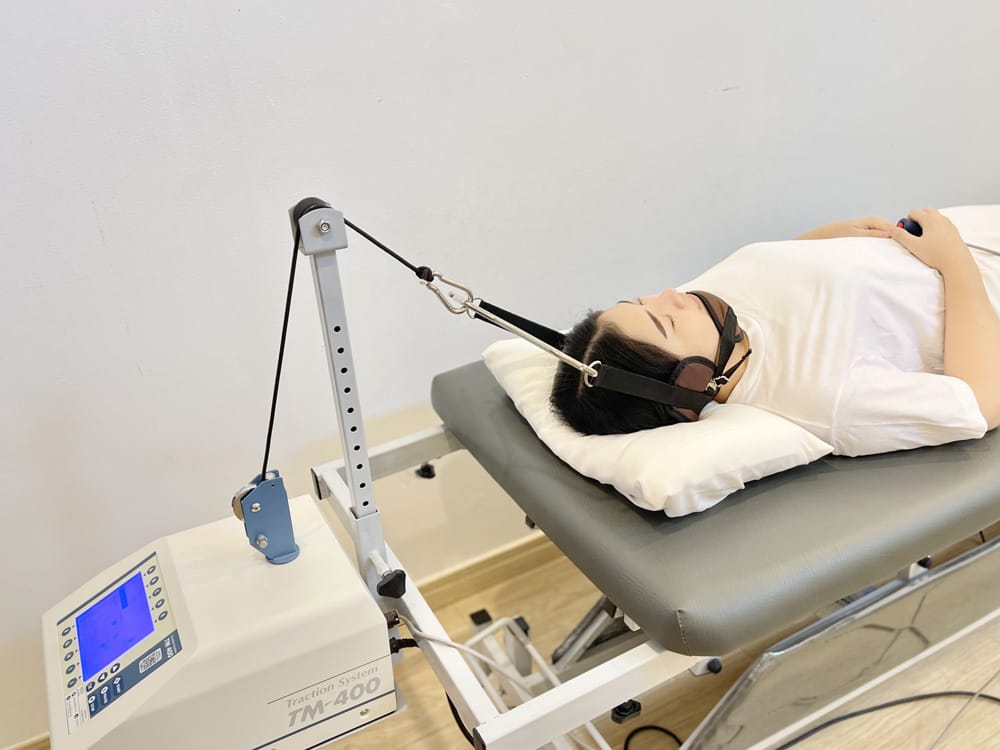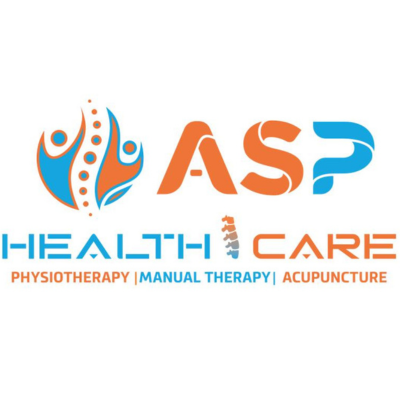+918042757363

This is your website preview.
Currently it only shows your basic business info. Start adding relevant business details such as description, images and products or services to gain your customers attention by using Boost 360 android app / iOS App / web portal.
Traction therapy in ambattur Traction therapy is ...

Traction therapy in ambattur Traction therapy is a treatment modality used in physiotherapy and chiropractic care to alleviate pain, reduce compression on spinal structures, improve spinal alignment, and promote healing in various musculoskeletal conditions. It involves the application of mechanical traction forces to the spine or other parts of the body. Here are some common uses of traction therapy: Spinal Decompression: Traction therapy is commonly used to decompress the spine and relieve pressure on spinal structures such as discs, nerves, and facet joints. It helps create space between vertebrae, reduce disc bulges or herniations, and alleviate nerve compression, which can result in pain, tingling, numbness, and weakness in the extremities. Treatment of Disc Disorders: Traction therapy is often prescribed for individuals with disc-related conditions such as herniated discs, degenerative disc disease, and disc bulges. By applying traction forces to the spine, traction therapy can help reposition displaced discs, improve disc hydration and nutrition, and promote the reabsorption of disc material. Spinal Alignment and Posture Correction: Traction therapy can help improve spinal alignment and posture by gently stretching and realigning the vertebrae. It can be used to address spinal misalignments, subluxations, and postural imbalances that contribute to pain, stiffness, and dysfunction. Relief of Musculoskeletal Pain: Traction therapy is effective in reducing musculoskeletal pain associated with conditions such as neck pain, back pain, sciatica, facet joint syndrome, and muscle spasms. It helps alleviate muscle tension, improve joint mobility, and promote relaxation of the muscles and soft tissues surrounding the spine. Facet Joint Syndrome: Traction therapy can be beneficial for individuals with facet joint syndrome, a condition characterized by pain and stiffness in the facet joints of the spine. By gently stretching the facet joints and increasing joint space, traction therapy can help reduce pain, improve mobility, and restore normal joint function. Management of Spinal Stenosis: Traction therapy may be used as part of a comprehensive treatment plan for individuals with spinal stenosis, a narrowing of the spinal canal that can lead to nerve compression and symptoms such as pain, numbness, and weakness. Traction therapy helps create space within the spinal canal, relieving pressure on the nerves and alleviating symptoms. Preparation for Other Treatments: Traction therapy may be used to prepare the spine for other manual therapy techniques, such as spinal manipulation, mobilization, or massage therapy. By reducing muscle tension and improving joint mobility, traction therapy can enhance the effectiveness of these treatments and promote better outcomes. Rehabilitation and Recovery: Traction therapy is often incorporated into rehabilitation programs for individuals recovering from spinal injuries, surgeries, or degenerative conditions. It helps facilitate tissue healing, improve range of motion, and restore functional mobility, allowing patients to regain strength and function more quickly.

